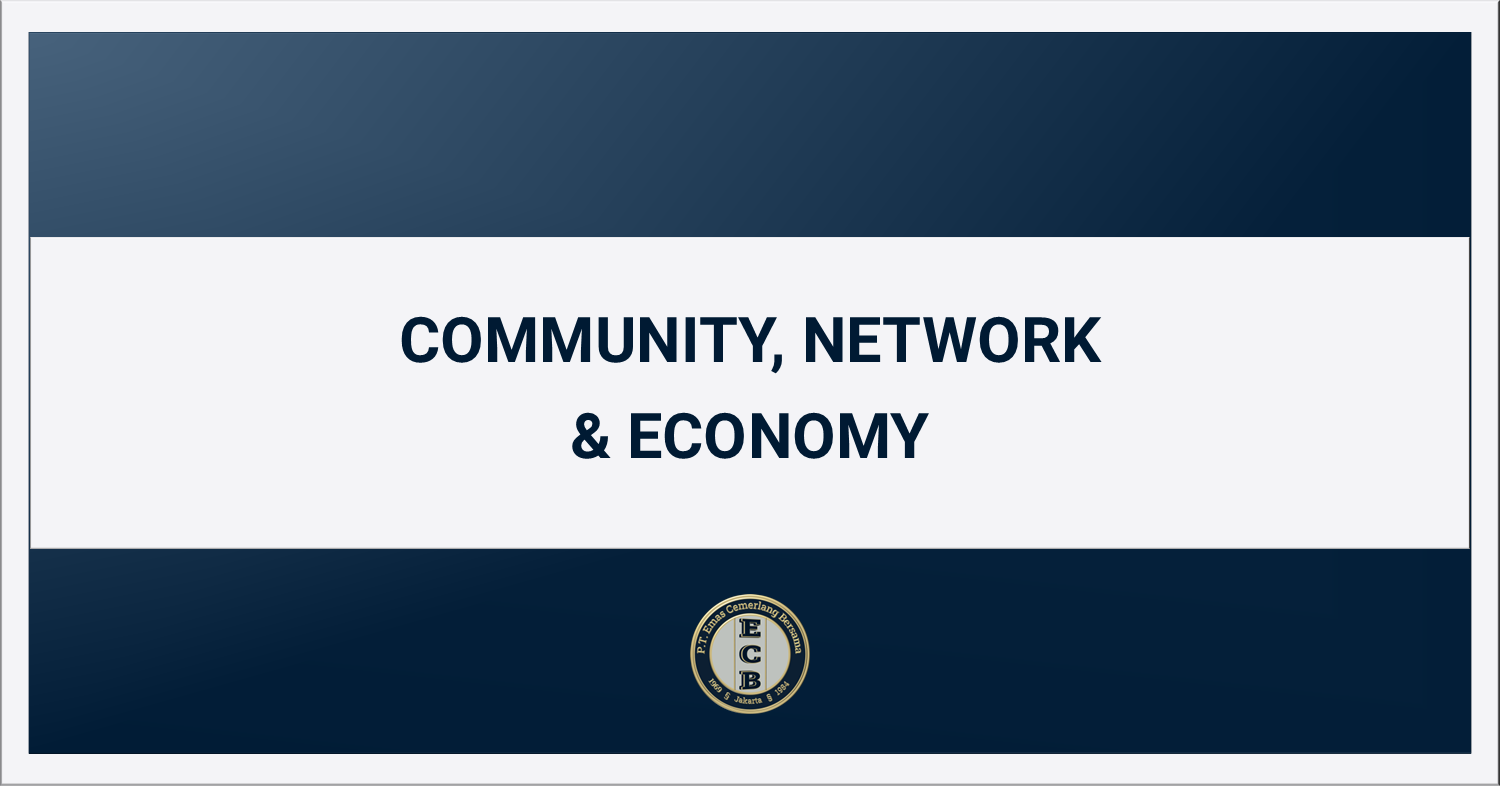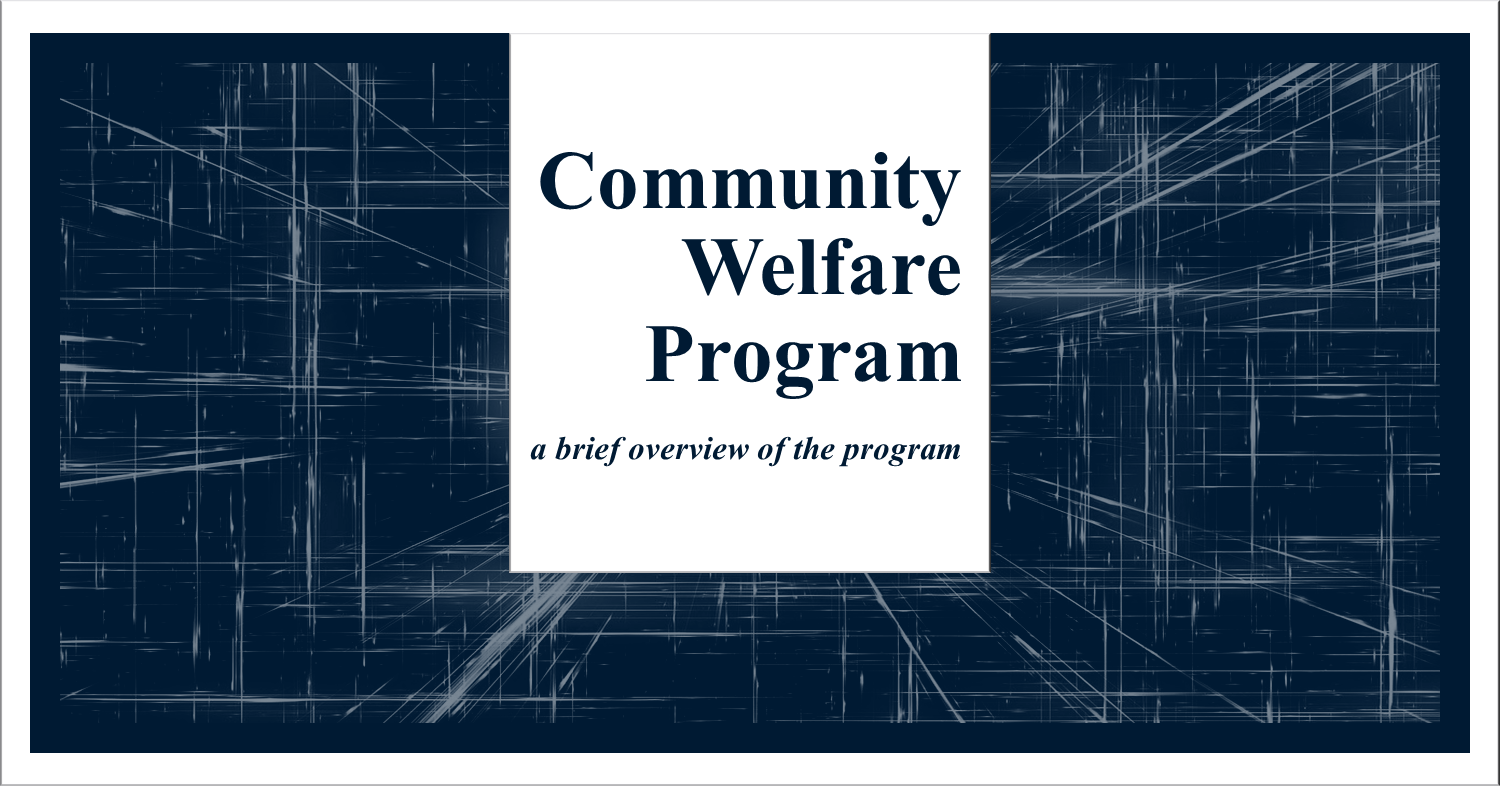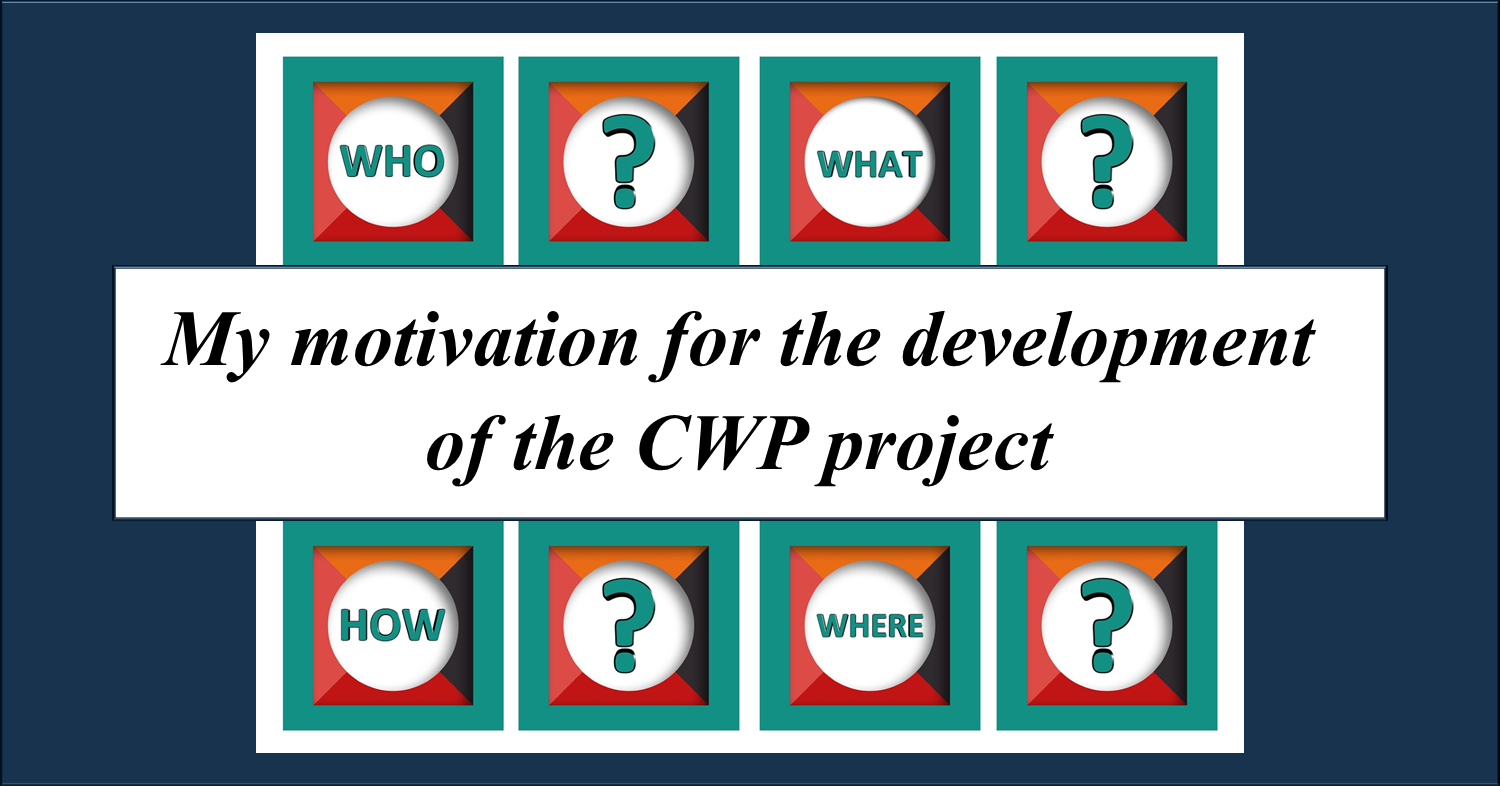IDIFY-CWP
Community Welfare Program
Have you ever tried to live on an income of $150 a month? No, then realize this is normal for over a billion people simply because they don’t have more. Income inequality is only increasing, as is the call to tax the rich more. We will refrain from the political discussion of taxes and spending here. We want to try answering the following questions: “What can we do, and especially why should we do something”?
Social welfare programs: health insurance, social insurance, and social benefits support are designed to help people who need assistance. Otto von Bismarck, Germany’s chancellor in the late 19th century, is widely credited with inventing social insurance — benefits for workers in the formal sector financed by dedicated taxes on wages. The Bismarckian model has served many countries well. However, in several developing countries, the model has remained mostly aspirational because of the large size of their informal economies. In low-income countries, of those in the poorest quintile, only 18 percent are covered by social assistance and 2 percent by social insurance. The corresponding rates increase to 77 and 28 percent in upper-middle-income settings.
One of the most critical challenges is the future of work. Today, we are riding a new wave of uncertainty as the pace of innovation continues accelerating, and technology affects every part of our lives. Robots are taking over thousands of routine tasks and will eliminate many low-skill jobs. At the same time, technology creates opportunities, paving the way for new and altered jobs, increasing productivity, and improving the delivery of public services. When we consider the scope of the challenge to prepare for the future of work, it is essential to understand that many children currently in primary school will work in jobs as adults that do not even exist today.
Innovation will continue to accelerate; countries will need to take rapid action to ensure they can compete in the economy of the future. Invest in their people with a fierce sense of urgency – especially in health and education, which are human capital’s building blocks – to harness technology’s benefits and blunt its worst disruptions. In countries with the lowest human capital investments today, analysis suggests that the future workforce will only be one-third to one-half as productive as it could be if people enjoyed total health and received a high-quality education.
Adjusting to the changing nature of work also requires rethinking the social contract. We need new ways to invest in people and to protect them, regardless of their employment status. [1]
[1] More on this topic: World Bank. 2019. World Development Report 2019: The Changing Nature of Work. Washington, DC: World Bank. doi:10.1596/978-1-4648-1328-3. License: Creative Commons Attribution CC BY 3.0 IGO
The global pandemic has caused many problems outside of healthcare, especially macro and microeconomic damage, that are not easy to fix. We cannot escape all the developments in Artificial General Intelligence (AGI) and Large Language Models (LLM), such as Chat GPT 3-4-5 or whatever number. Everyone will have to deal with the consequences of all this; just not everyone is resistant or prepared for it.
There is no denying that severe problems and challenges are ahead, such as the changing nature of jobs described above and economic and income inequality. To tackle all these problems globally, you need cooperation between governments, politics, and countries. All areas in which we will not compete. But it’s time for something to change. Time does not stand still, and innovations will always continue.
Unfortunately, equality in opportunity and outcome is not as equal as everyone wishes. However, this is also not a debate about redistributing income and wealth. That isn’t our playing field, but we want to offer the public a solution. Designed in such a way that all those involved will benefit from it.
Within the program, there is equality between the members; every participant gets offered the same opportunities.

To ensure the longevity of a community, economic development is essential. A strong community economy is developed in several layers. The project addresses the issues surrounding the wealth gap and income inequality, which require more than just donating money. To solve this problem, permanent structural

